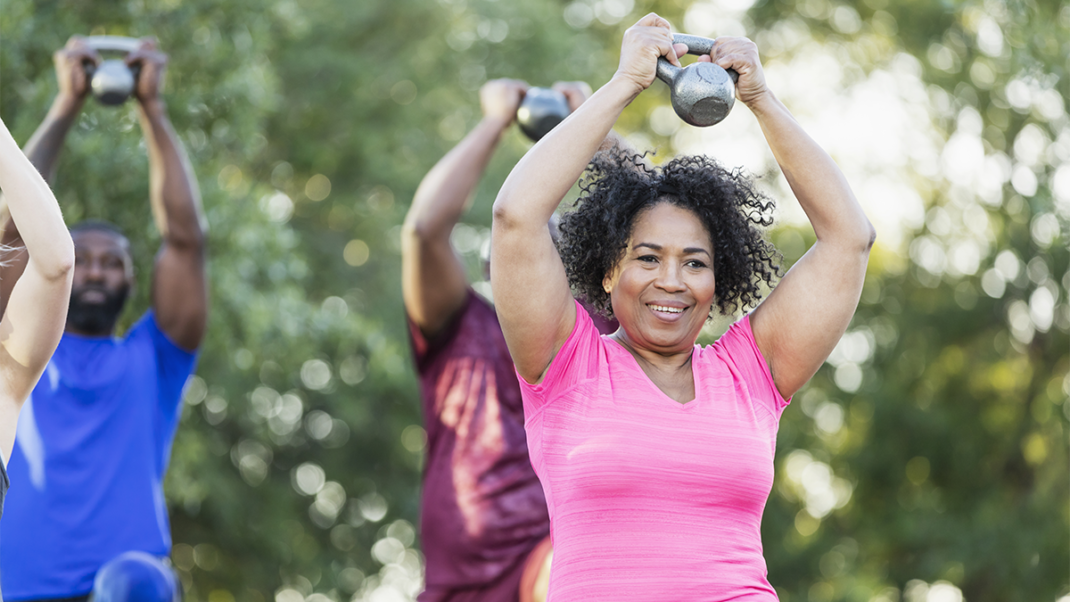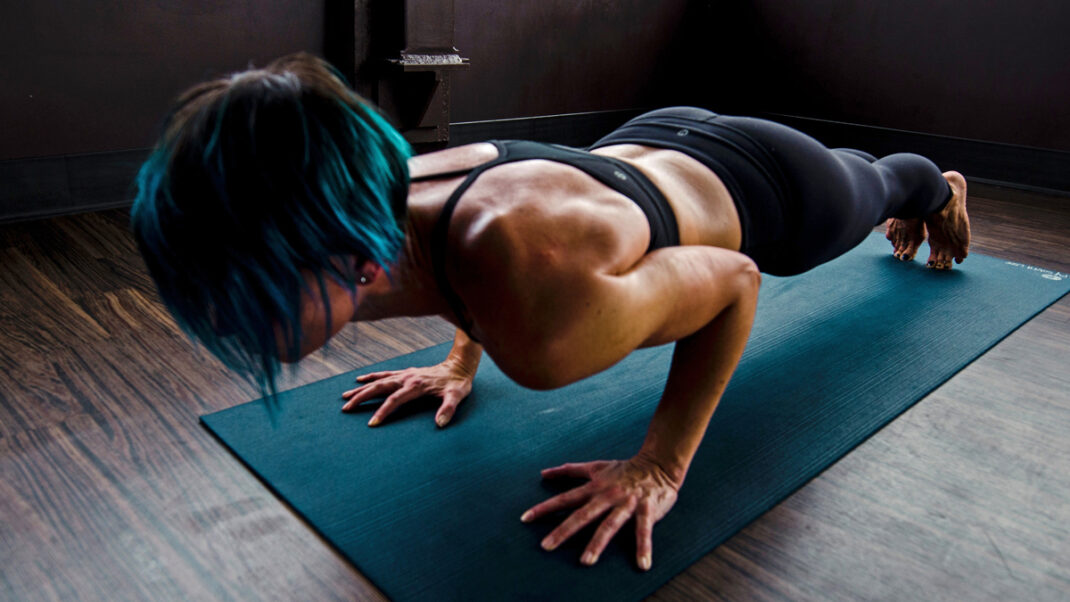Prenatal Progess
Offer pregnant participants safe core exercises that will help get their bodies ready for labor and delivery.
Strong core muscles are vital for helping prenatal participants offset pregnancy-related postural changes that can cause back pain and other discomforts. The following basic exercises are appropriate for virtually all prenatal and postpartum women. The moves are also excellent for nonpregnant class members who need to learn how to engage their core muscles. Prenatal women should master these exercises before they do any other core or abdominal exercises. Keep the following in mind:
- As with all prenatal exercise, participants must get a physician’s approval before they start.
- Class members should empty their bladders before beginning.
- It is important to maintain neutral spinal alignment (except during the pelvic rock-and-roll). “Neutral” is different for every person and may change as pregnancy progresses.
- If a participant feels discomfort or pain during an exercise, she should stop and be encouraged to discuss her condition with her healthcare provider.
Kegels. Contracting or drawing in the pelvic-floor muscles is the most important prenatal exercise. The best way to find these muscles is to imagine you desperately need to use the restroom, but have to wait in line. (Now you know why it is important to empty the bladder first.) A perfect time to practice is while sitting at a stoplight in the car, especially for type A personalities who hate to wait!
Perform Kegels in standing, seated, quadruped (hands and knees) or side-lying position. Simply squeeze, lift or tighten muscles between pubic bone and tailbone, then relax. Contract and release muscles slowly or in quick succession.
Abdominal Compressions. Perform these moves in seated, standing or quadruped position. In seated or standing position: With spine in neutral alignment and shoulders relaxed, place hands on lower abdomen and let abdomen relax completely. Keeping hands where they are, pull navel toward spine and away from hands while exhaling slowly. Hold contraction, exhale fully, inhale and allow abs to relax back to hands. Do this slowly with the breath, or more quickly, using various music tempos. In quadruped position, perform same maneuver, but work against gravity as abdomen lifts away from floor. Keep shoulders and upper back as still as possible.
Opposite-Arm-and-Leg Horizontal Reach. In quadruped position, tighten abdominals and squeeze glutes. Simultaneously extend one leg and opposite arm parallel to floor. Try to hold body in still, planklike position from fingertips to toes, spine in neutral. Hold for 15–60 seconds and switch sides. In addition to transversus abdominis and obliques, this exercise engages glutes, hamstrings, back extensors and shoulders.
Pelvic Rock-and-Roll. On stability ball, sit up tall and rock hips side to side, causing ball to roll slightly. Do this with control. Continue rocking motion for 30–60 seconds, then tilt pelvis anteriorly and posteriorly, rolling ball front to back for another 30–60 seconds. Shoulders and ribs remain mostly stable without much movement. Adventurous exercisers can also roll ball in a circle, first clockwise then counterclockwise.






